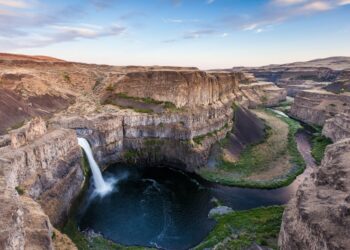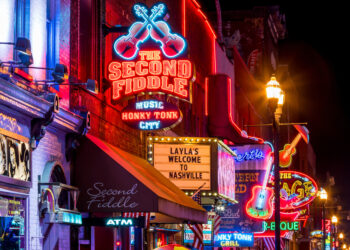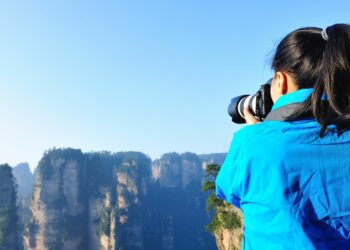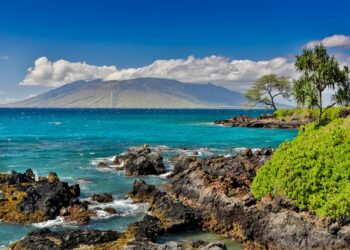Brisbane
Short History of Brisbane
Brisbane, the sun-soaked capital of Queensland, has a history that spans thousands of years. Prior to European settlement, the area now known as Brisbane was inhabited by the Turrbal and Jagera people, who thrived in the region’s subtropical climate.
In 1823, the explorer John Oxley was the first European to discover the river, which he named after Sir Thomas Brisbane, the then Governor of New South Wales. Brisbane was chosen as a penal settlement from 1825 to 1842, largely due to its remoteness and difficult access. The penal settlement was eventually closed and land was opened up for free settlers, marking the start of Brisbane's growth.
The city was declared the capital of Queensland in 1859 when Queensland separated from New South Wales. Over the next century, Brisbane blossomed as a city, with its population growing exponentially. Brisbane hosted the Commonwealth Games in 1982, followed by World Expo in 1988 – events that brought international attention and initiated major infrastructural improvements.
Today, Brisbane is known for its vibrant culture, outdoor lifestyle, and the friendly spirit of its inhabitants, cementing its reputation as a major cosmopolitan city.
FAQ for Brisbane
What is the best way to get there?
Brisbane is well connected by air, with Brisbane Airport serving both domestic and international flights. The city is also accessible by road and train from other major Australian cities.
What is Brisbane famous for?
Brisbane is known for its outdoor adventure, vibrant arts scene, historic architecture, and a lively food and drink culture. It’s also famous for the Story Bridge and the Brisbane River that snakes through the city.
What are five interesting facts about Brisbane?
- Brisbane is the third largest city in Australia.
- The city is named after Sir Thomas Brisbane, the then Governor of New South Wales.
- The World Expo in 1988 significantly transformed the city's cultural landscape.
- Brisbane is also known as 'Brisvegas', a term coined in sarcasm due to the city's non vibrant nightlife and entertainment scene.
- The Brisbane River is the longest in southern Queensland.
How did Brisbane get its name?
The city of Brisbane was named after Sir Thomas Brisbane, the Governor of New South Wales from 1821 to 1825.
What are some travel tips for Brisbane?
Make sure to explore the city’s outdoor offerings, visit its many museums and art galleries, and enjoy the vibrant food and drink scene. Don’t forget to pack sun protection as Brisbane enjoys a sunny climate year-round.
Do I need a visa?
If you're not an Australian citizen, you'll likely need a visa to enter Australia. The type of visa will depend on the nature of your visit.
When is the best time to visit Brisbane?
The best time to visit Brisbane is during the autumn (March to May) when the weather is comfortable, and the tourist crowds are smaller.
Are there local customs I should know for Brisbane?
In Brisbane, as in the rest of Australia, the locals are fairly informal. Handshakes are common greetings. Thecity is quite laid-back and friendly, and punctuality is valued in social settings. Public transit is well-regarded, and it's customary to thank bus drivers when exiting the bus.
What is the time zone for Brisbane?
Brisbane operates on Australian Eastern Standard Time (AEST), which is UTC+10:00.
What are the voltage/plug types?
The standard voltage in Australia is 230 V with a frequency of 50 Hz. The power plugs and sockets are of type I.
What is the currency?
The currency in Australia is the Australian Dollar (AUD).
Are ATMs readily accessible?
Yes, ATMs are readily available throughout Brisbane in banks, shopping centers, and on many streets.
Are credit cards widely accepted?
Credit cards are widely accepted in most shops, restaurants, and hotels in Brisbane.
Can you use ApplePay and Google Pay?
Yes, many establishments in Brisbane accept Apple Pay and Google Pay.
How much do I tip in Brisbane?
Tipping is not mandatory in Australia, but it is appreciated for good service. In restaurants, a tip of 10% is customary for exceptional service. For hotels, you can tip $1-$5 to the bellman or concierge, and for taxis, rounding up to the nearest dollar is common. Tips for tour guides are at your discretion, depending on the quality of the tour.
City Information
| Founded | Population | Elevation |
|---|---|---|
| 1823 | 2.56 million(source) | 27m |
Weather
| Season/Month | Temperature (Celsius) | Temperature (Fahrenheit) |
|---|---|---|
| Summer (Dec - Feb) | 21-29°C | 70-84°F |
| Autumn (Mar - May) | 18-28°C | 64-82°F |
| Winter (Jun - Aug) | 11-21°C | 52-70°F |
| Spring (Sep - Nov) | 15-25°C | 59-77°F |



